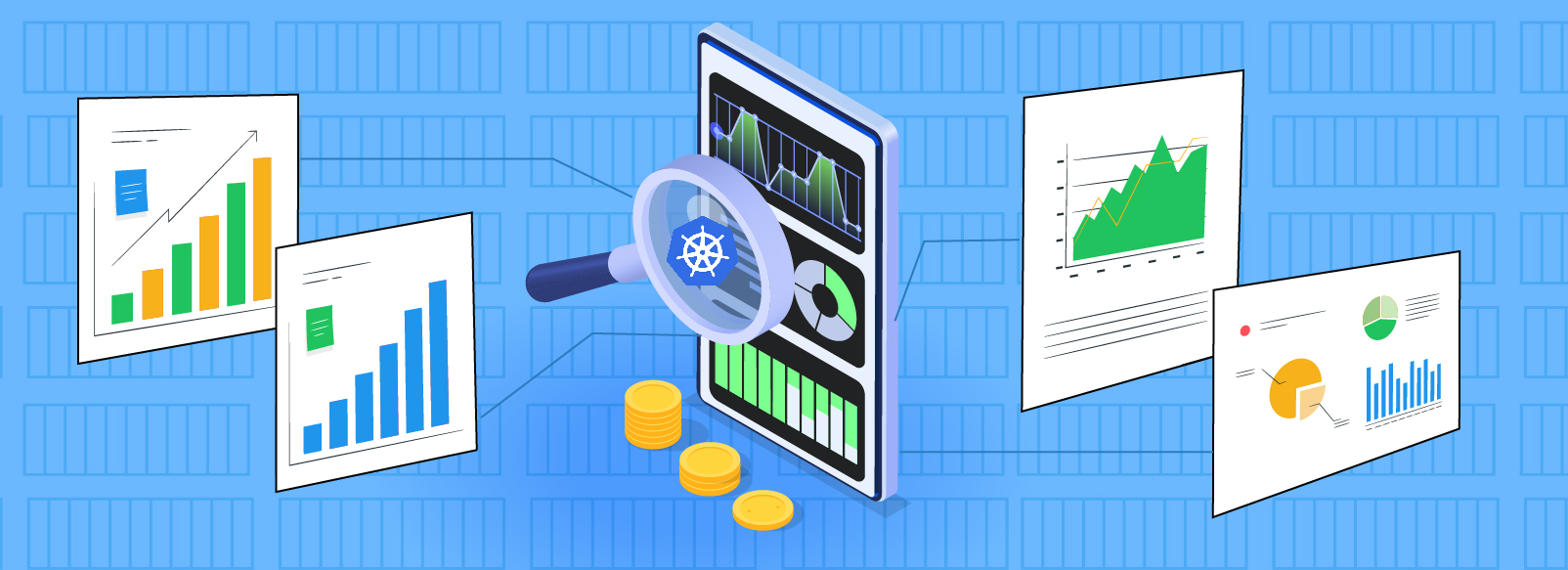How to save on container costs efficiently using Kubernetes cost reporting in CloudSpend
 Kubernetes reports in CloudSpend
Kubernetes reports in CloudSpendIn the current era focused on cloud computing, it is essential for businesses to streamline costs. As containerization and Kubernetes become increasingly popular, efficiently managing costs related to Amazon Elastic Kubernetes Service (EKS) and Azure Kubernetes Service (AKS) is crucial for maintaining a successful infrastructure.
It is vital to understand the various factors that contribute to EKS and AKS costs so you can implement strategies to optimize them while ensuring performance and reliability remain unaffected.
ManageEngine CloudSpend is a cloud cost management tool for managing and optimizing cloud costs. It helps organizations monitor, analyze, and control their cloud expenses across different platforms and services. With its spend analysis and resource-level tagging features, CloudSpend allows businesses to track and optimize their cloud costs, ensuring the efficient use of resources and preventing unexpected expenses.
Highlights of CloudSpend
Multi-cloud support: CloudSpend supports cost management for various cloud platforms, such as AWS, Microsoft Azure, and Google Cloud Platform, allowing you to have a unified view of your organization's cloud spending.
Cost analysis and reporting: CloudSpend offers in-depth cost analysis and customizable reports, enabling you to identify cost drivers, detect anomalies, and track spending trends over time.
Budgeting and forecasting: With CloudSpend, you can set budgets for different cloud resources and services, and you'll receive alerts if spending exceeds these defined thresholds. CloudSpend also provides cost forecasting capabilities, helping you anticipate future expenses and plan accordingly.
Resource optimization: CloudSpend offers actionable recommendations for optimizing resource utilization, such as rightsizing instances, cutting idle resources, and leveraging cost-saving opportunities.
Kubernetes cost reporting
When you use EKS or AKS, CloudSpend automatically generates reports that provide valuable insights into your EKS or AKS costs, identifying areas where optimization is possible.
The EKS and AKS reports offered by CloudSpend offer a comprehensive view of your cluster expenses, including the control plane, secondary nodes and their types, data transfers, and additional resources like load balancers and storage systems.
By analyzing this information, you can gain a better understanding of your EKS and AKS costs and implement cost optimization strategies effectively. The Kubernetes reports are available at the node group level and the cluster level, separately, for you to get drill-down insights.
CloudSpend's reporting features allow you to gain insights into spending patterns and identify areas for improvement. You can leverage CloudSpend's resource optimization to align secondary nodes appropriately, implement autoscaling, and select the most suitable instance types for your EKS or AKS workloads.
Budgeting your Kubernetes clusters
Budgeting can be done for EKS and AKS clusters, and you'll receive alerts if spending exceeds the defined limits, giving you better control over your expenses. CloudSpend's multi-cloud support lets you manage costs across all your cloud platforms, including EKS and AKS.
You can proactively manage your EKS and AKS costs by setting up budget reports. These budget reports can be created to run on a monthly, quarterly, yearly, month-to-date, or year-to-date basis and will notify you of any cost overruns. This allows you to keep track of and control your cloud expenses to keep them within the designated budget.
You can also forecast your upcoming Kubernetes costs for the next 90 days. For this, it is necessary to have access to the historical data from the previous 180 days. The forecasting process involves applying the current month's cost exchange rate to predict expenses for future months.
The Kubernetes reports allow you to conduct a detailed cost analysis at a micro level. If you are using EKS or AKS, CloudSpend lets you have all your accrued costs in your reports to help you take action on them. With the recent launch of CloudSpend's Reports, you can do even more. To see the capabilities of CloudSpend, visit our CloudSpend page. You can also refer to our documentation for further information on CloudSpend's Reports.